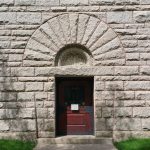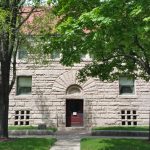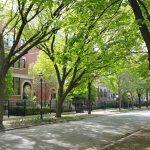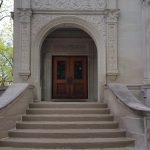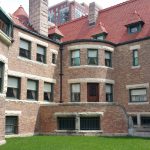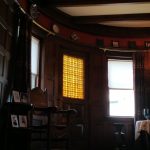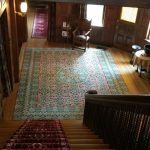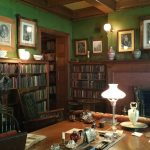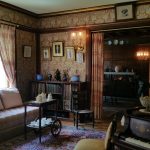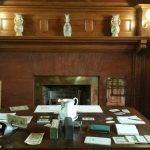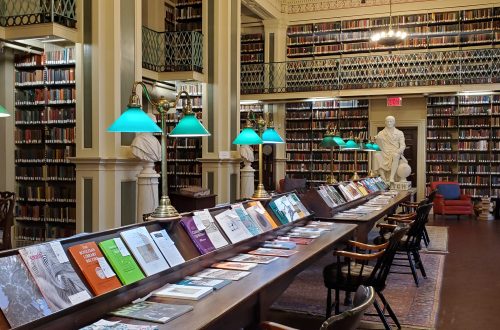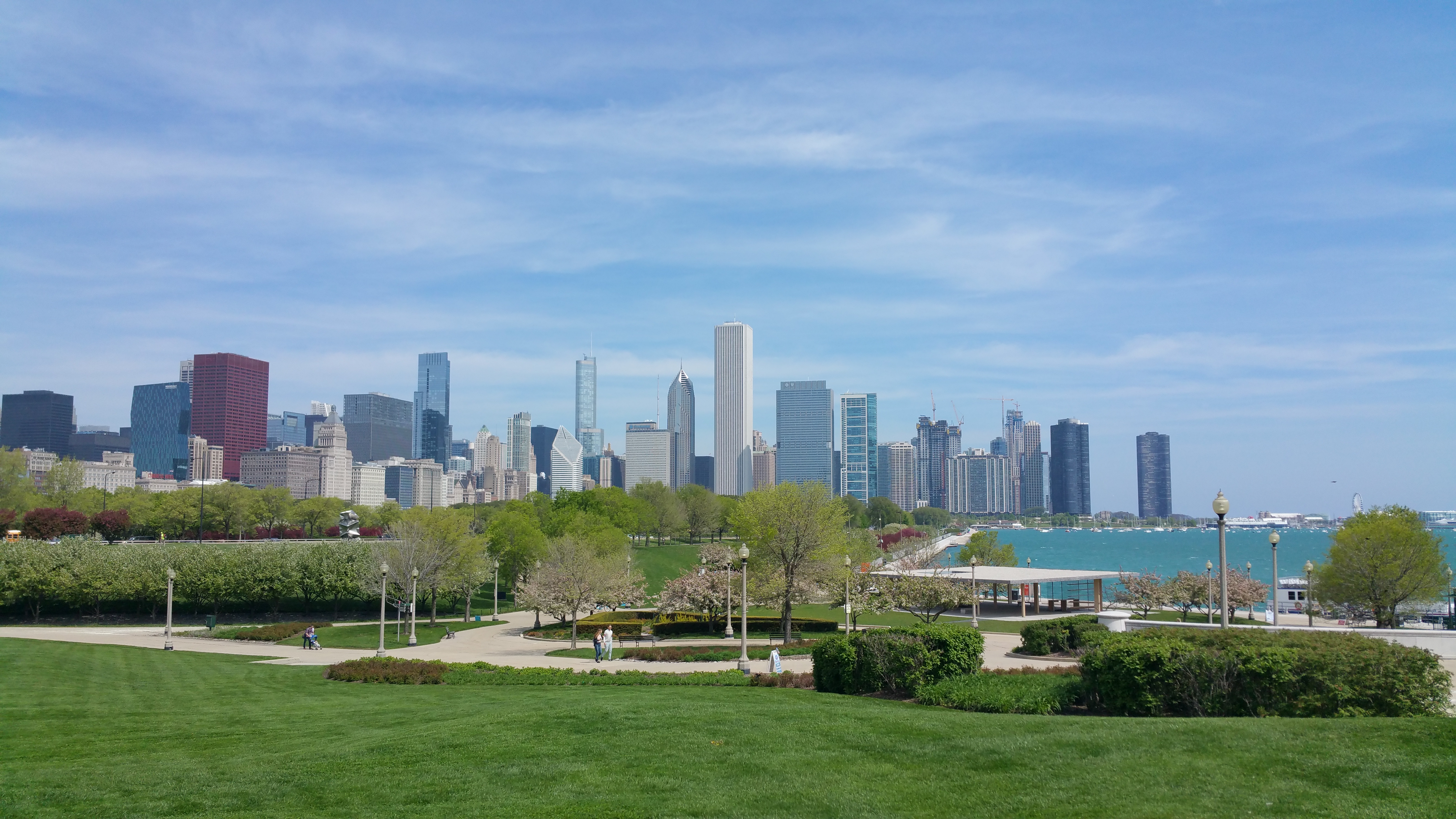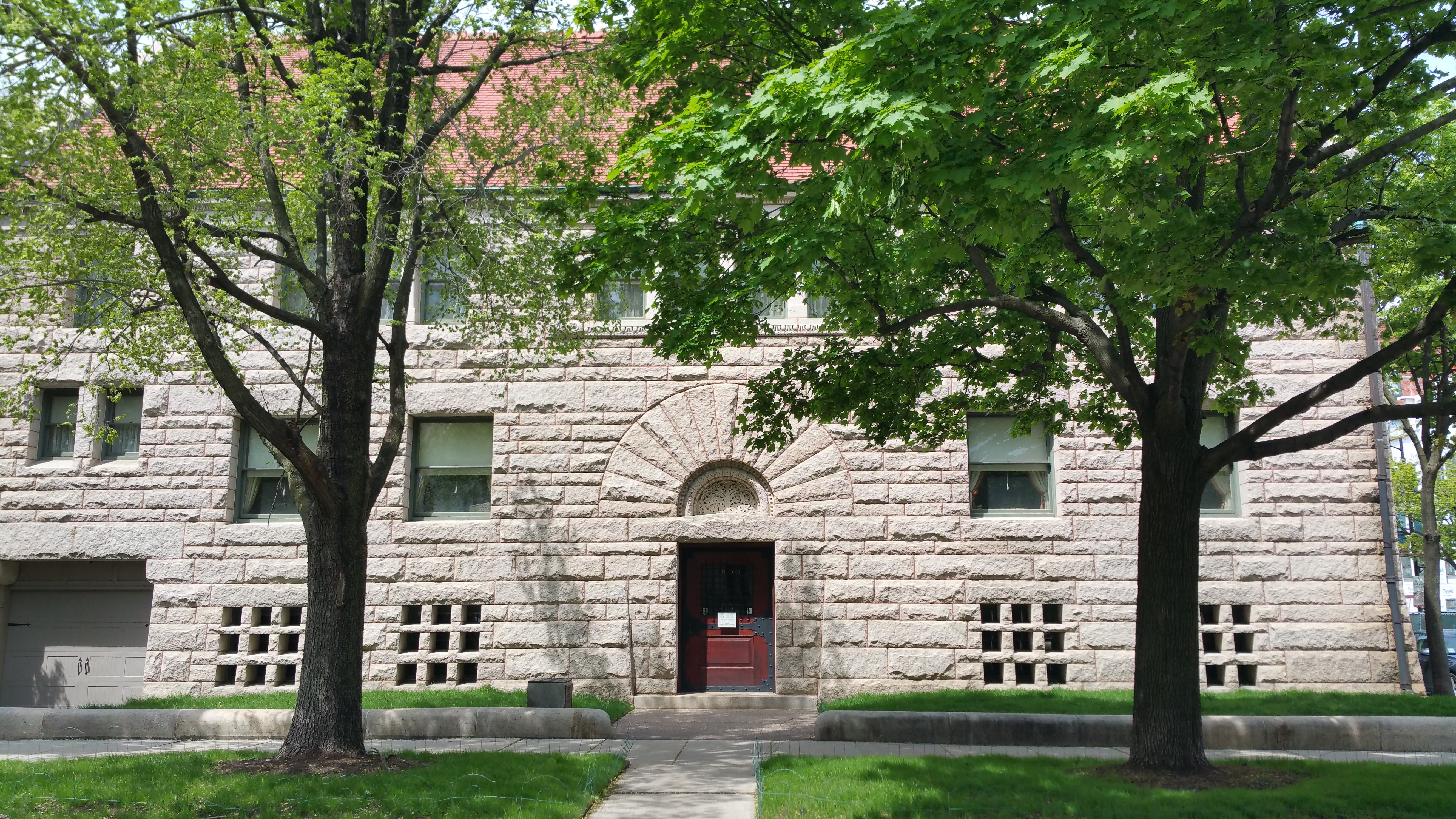
Glessner House- Chicago, IL
Glessner House is a polarizing property. Perhaps not so much these days, but its genius wasn’t much appreciated by many Prairie Avenue residents when it was built. At the time, most of the homes along the prestigious street were stately Second Empires, owned by Chicago’s wealthiest businessmen. Men such as Marshall Field, George Pullman, and Philip Armour, with magnificent mansions built by Burnham & Root. Men that did not at all care for Henry Hobson Richardson’s mighty fortress that loomed proud at the top of the street.
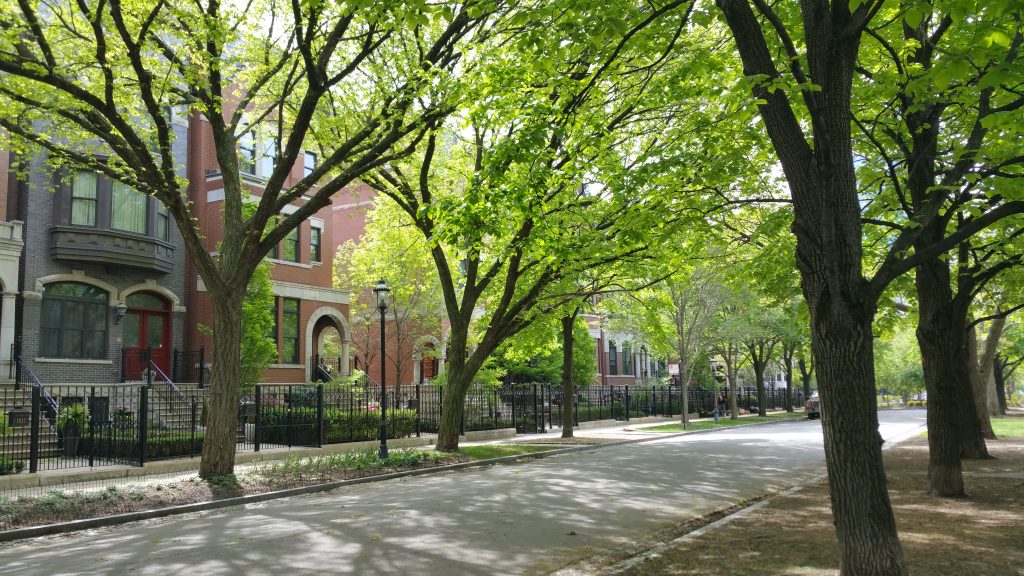
John J. Glessner was born to a wealth family in Zanesville, Ohio, at a time when there were wealthy families in Zanesville, Ohio. In 1863, he joined a farm implement business in Springfield, Ohio, and soon married. By 1870, the couple had relocated to Chicago, where Glessner opened a sales office for the firm. Working his way up to partner, then later Vice President, he would eventually navigate the company through a merger with their rivals, forming International Harvester, the fourth largest corporation in the country. All of this provided him with plenty of money to build himself a magnificent mansion, designed by a renowned architect.
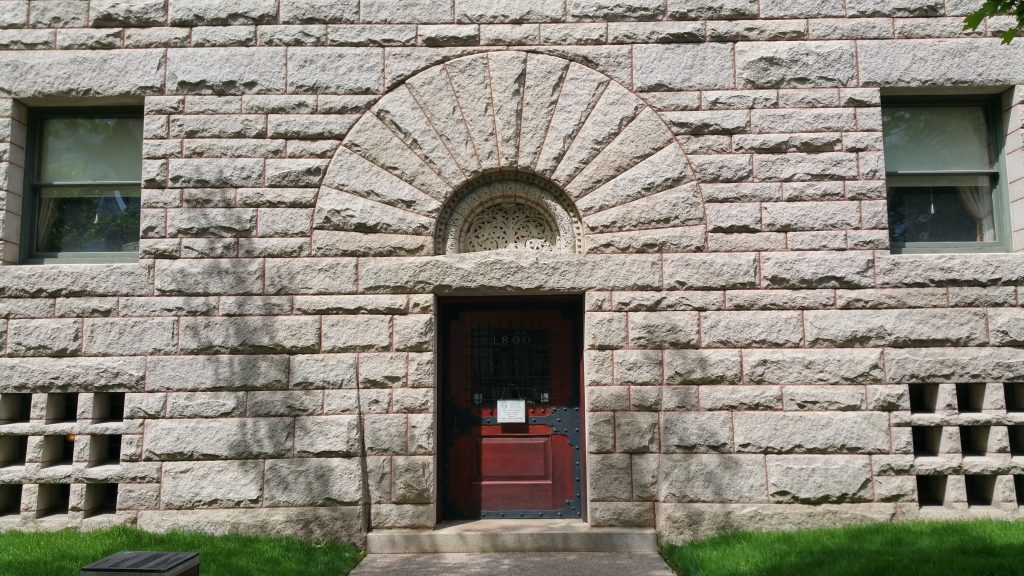
Competed in 1887, the Glessner house was actually Richardson’s last project. In fact, he died just weeks after it was finished. For his final commission, Richardson combined elements of French and Spanish Romanesque architecture, using massive blocks of rusticated ashlar stone, laid in courses of various heights. The foundation was constructed of Illinois dolomite, while the walls were Braggville pink granite. The structure itself was pushed close to the lot line, allowing for a private courtyard in the rear. Above the arched entryway, a delicately carved tympanum. The fortress-like basement windows were behind granite grilles, while higher windows were deep set, with a single pain of glass.
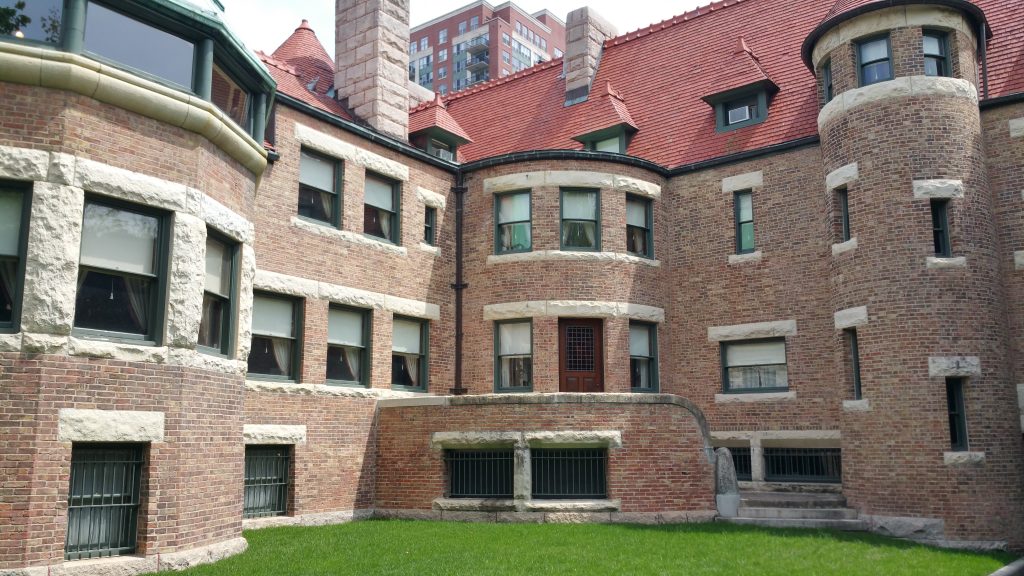
Although the house is over 17,000 square feet, it had just three bedrooms for family use, two for guests. In fact, over half of the house was used for service, including eight bedrooms for the house staff. It boasted eleven fireplaces and seven staircases, and was fulled wired for electricity when it was built; unfortunately, there was no electricity to be found on Prairie Avenue at the time, so they were forced to use gas for several years, until the area infrastructure caught up.
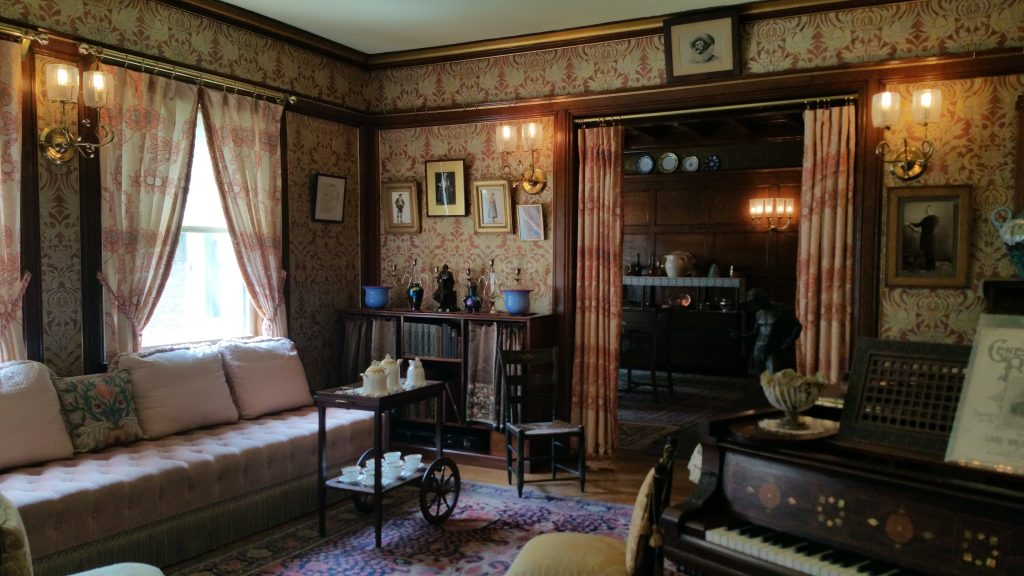
Although ridiculously large, the home is built to scale, with downright cozy spaces. As early supporters of the Arts and Crafts movement, the home is filled with ridiculous beautiful handmade furniture, with many pieces made by Issac Scott. Scott was a close friend of the Glessner’s, who kept him busy for several decades with their commissions. Indeed, the house is filled with all manner of fabulous furniture and artwork, returned to the museum by the family for display.
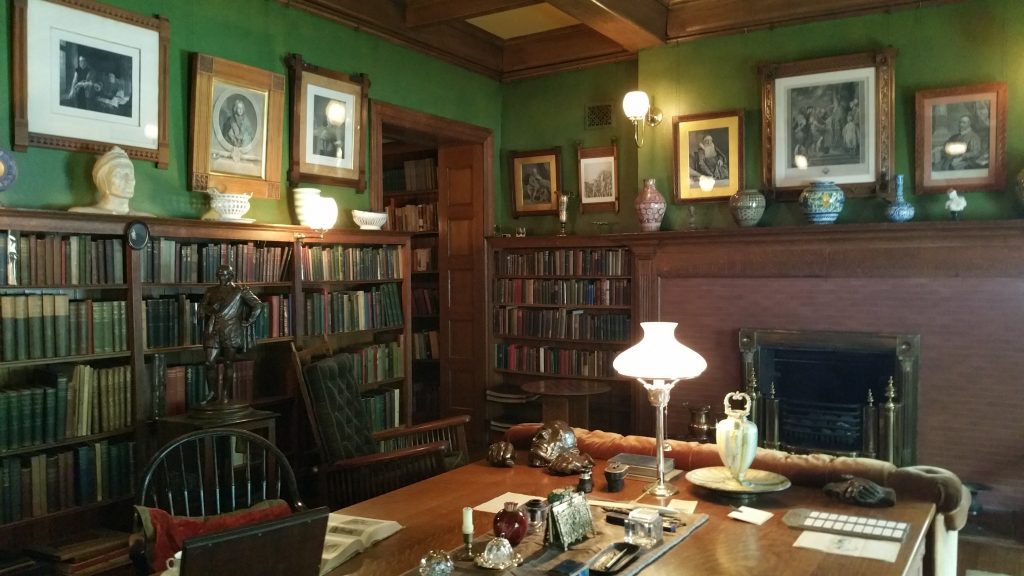
Following John Glessner’s death in 1936, at age 92, the house was gifted to the Chicago Chapter of the American Institutes of Architects. Unfortunately, it was the middle of the depression, and the AIA could not afford the maintenance on the property. They returned the house to the family in 1937. It was then gifted to the Armour Institute (now Illinois Institute of Technology), whose Architecture Department head Mies van der Rohe expressed interest in using the space for classrooms. Sadly this never occurred, and it was leased it out to the Lithographic Technical Foundation, which left the floor plan intact, but filled the spaces with printing presses.
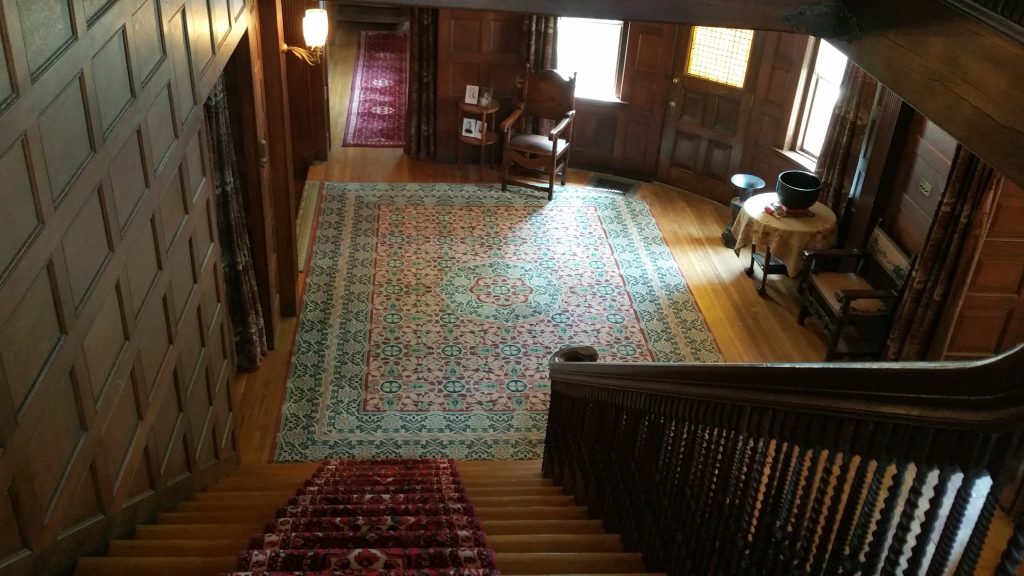
When the Lithographic Foundation relocated to Pittsburgh, the property was placed on the market for $70,000. There were no takers, and the property faced possible demolition. Fortunately, preservationists and a group of architects, including Philip Johnson, stepped in and purchased the house in 1966, for just $35,000. The home was restored to its original appearance, and opened to the public in 1971.
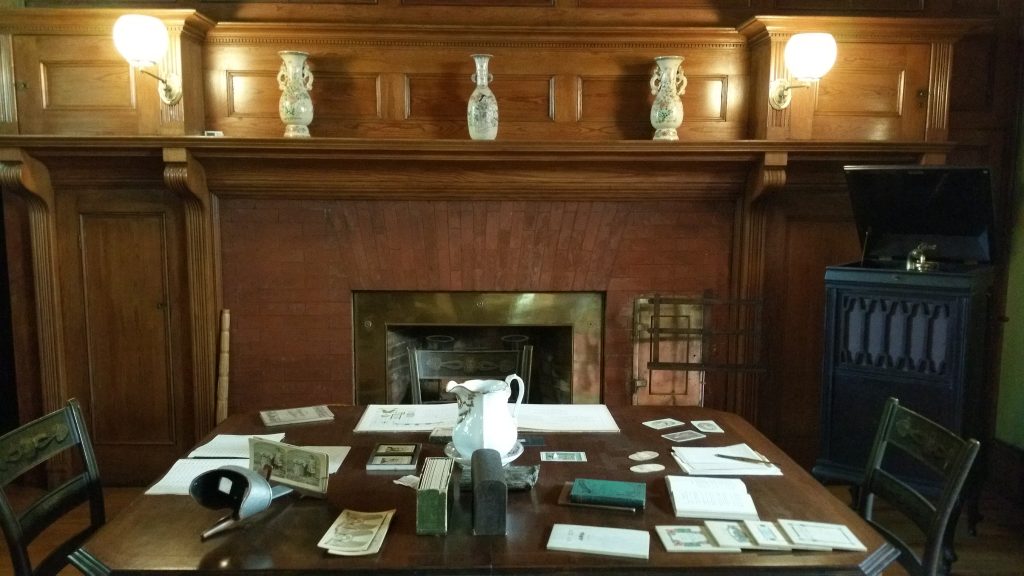
As an interesting aside, one of Glessner’s children, Frances, was the creator of the Nutshell Studies of Unexplained Death, used to train homicide investigators. She later became the first female police captain in the United States, and is considered the founder of modern forensic science. So well constructed, aside from their practical use, the nutshells were recently exhibited in the Smithsonian’s Renwick Gallery of Art.
